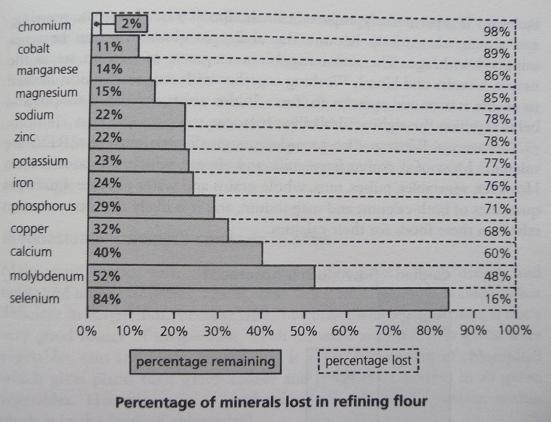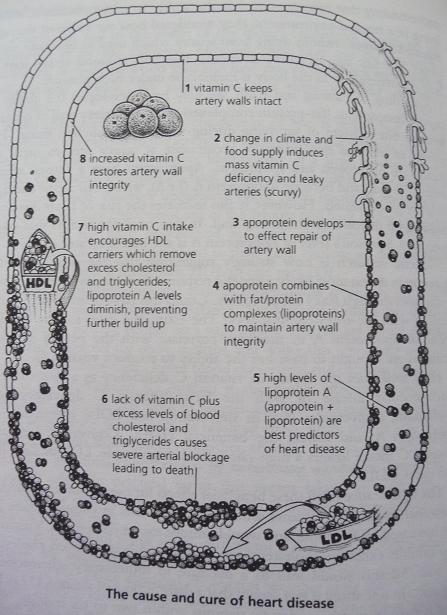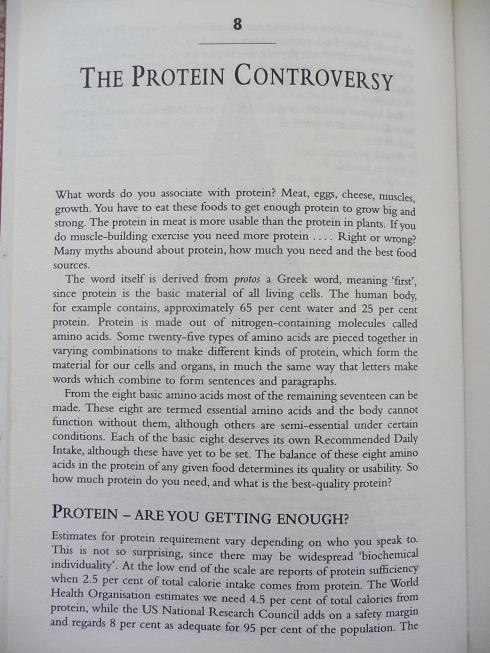The Optimum Nutrition Bible (1997, Judy Piatkus Publishing) (figure 1) is a general nutrition book written by Patrick Holford. Holford is a well known author in nutrition circles, and was also a founder of the Institute for Optimum Nutrition in London, England. Holford has written a number of popular nutrition books, but the content of many are similar, and his earlier books contain most of the basic information present in later publication. I consider The Optimum Nutrition Bible one of Holford’s better books, based on the fact that it contains information he had not published in previous incarnations of his work. The Optimum Nutrition Bible contains most of the information you would expect from a general nutrition book, including sections on macronutrients, micronutrient, antioxidants and digestion, as well as research based information on treating or preventing a number of disease including cancer and cardiovascular disease. The book is written is a fairly colloquial manner, but is supported by large numbers of well references scientific papers to support the authors opinion.
Figure 1. The front and rear dust cover of The Optimum Nutrition Bible by Patrick Holford.
Generally, The Optimum Nutrition Bible is a well written and comprehensive reference guide. Holford has a pleasant writing style and he makes use of simple but clear diagrams to support his narrative. Holford’s use of figures are excellent, and I am yet to find better examples of creating simple, cogent and striking visuals for what is usually quite complicated biological and nutritional material. For example, the diagram he uses to explain the loss of minerals in the refining process is visually simple, and has stuck with me since I first read the book (figure 2). The Optimum Nutrition Bible also passes the lipoprotein(a) test with a useful diagram (figure 3). While The optimum Nutrition Bible is aimed at the novice, it contains some quite complex subject material and approaches some complex concepts. That Holford can put these into a format that is accessible to even the most neophyte reader give the impression that he understands his subject at a deeper level than many authors of other similar mainstream nutrition books.
 Figure 2. Schematic diagram of the mineral losses from refining flour, found in The Optimum Nutrition Bible. These diagrams are Holford’s trademark and one of the best parts of his books.
Figure 2. Schematic diagram of the mineral losses from refining flour, found in The Optimum Nutrition Bible. These diagrams are Holford’s trademark and one of the best parts of his books.
 Figure 3. Linus Pauling theorised that lipoprotein(a) was the true cause of atherosclerosis. It is now a recognised risk factor for cardiovascular disease. Many nutrition books do not mention lipoprotein(a), however, The optimum Nutrition Bible does.
Figure 3. Linus Pauling theorised that lipoprotein(a) was the true cause of atherosclerosis. It is now a recognised risk factor for cardiovascular disease. Many nutrition books do not mention lipoprotein(a), however, The optimum Nutrition Bible does.
On a personal level much of what Holford writes resonates with my own opinion and for this reason I enjoyed reading The Optimum Nutrition Bible. However, his opinions on protein intake are, while being consistent, perhaps the least polished aspect of his writings. Holford advocates the consumption of a mainly plant based diet containing whole grains and legumes, from which he expects most protein needs will be met (figure 4). While I can sympathise with his point of view, research suggests that higher protein diets containing fish and animal protein are superior to higher carbohydrate diets for weight loss and weigh maintenance. In addition, athletic training increased the protein requirement of the body considerably, and as such it is not possible to maintain a positive nitrogen balance by relying on vegetable sources of protein. Michael Colgan has much more realistic protein recommendations in his Optimum Sports Nutrition book (here). I suggest you use this as the basis for your protein needs and leave the lentils to Holford.
 Figure 4. The weakest and lest readable chapter in The Optimum Nutrition Bible is the one advocating plant based protein diets. The availability of high quality whey protein supplements means that increased intakes of protein are available to even those wishing to avoid meat and fish. Those undergoing athletic training cannot obtain enough protein for muscle growth and a positive nitrogen balance by relying on grain or legumes.
Figure 4. The weakest and lest readable chapter in The Optimum Nutrition Bible is the one advocating plant based protein diets. The availability of high quality whey protein supplements means that increased intakes of protein are available to even those wishing to avoid meat and fish. Those undergoing athletic training cannot obtain enough protein for muscle growth and a positive nitrogen balance by relying on grain or legumes.
RdB

